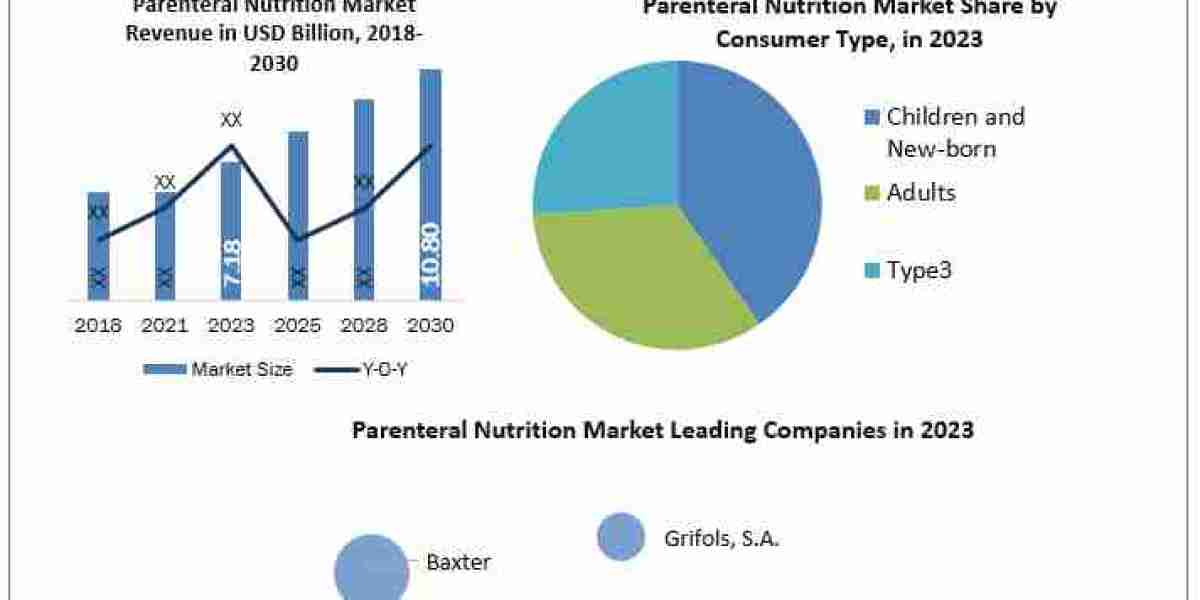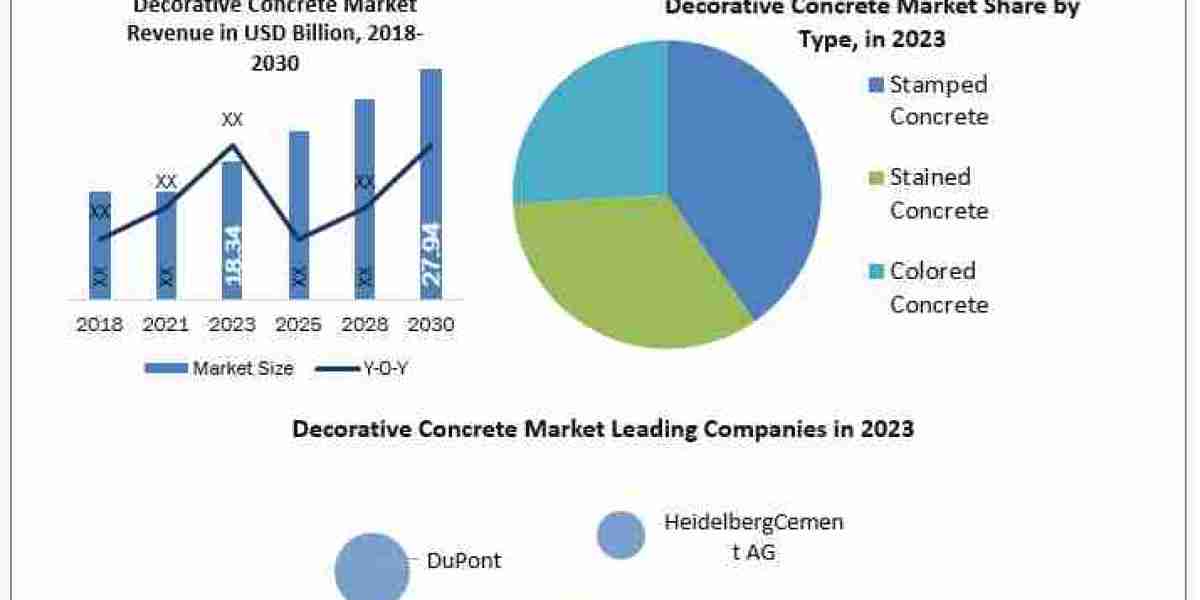Industrial Coating Market is navigating a pivotal shift as VOC (Volatile Organic Compound) regulations tighten worldwide, compelling manufacturers to innovate and reformulate their products. Industrial Coating Market companies are racing to balance performance, compliance, and sustainability goals as stricter environmental standards reshape the competitive landscape.
1. The Impact of VOC Regulations
Several regions from North America and Europe to parts of Asia have instituted rigorous limits on VOC emissions due to the health hazards and environmental damage these compounds can cause. VOCs contribute to smog formation and negatively impact air quality, prompting regulatory agencies to enforce thresholds for industrial and architectural coatings. This has created the need for low-VOC, waterborne, powder, high-solid, and UV-curable alternatives that meet both environmental and performance standards.
2. Reformulation Trends: From Solvent-Based to Green Solutions
Industrial coatings have traditionally relied on solvent-based systems known for robust performance but high VOC content. To adhere to new regulations, manufacturers are adopting several alternative technologies:
- Waterborne Coatings: Utilizes water as the primary carrier, dramatically reducing VOCs, while offering performance comparable to traditional formulations. These are increasingly favored in industrial and building applications.
- Powder Coatings: Composed of solid powders that cure under heat, they emit virtually no VOCs and offer high transfer efficiency. Powder coatings are growing in popularity across automotive, appliance, and fabricated metal goods.
- High-Solid and Ultra-High-Solid Coatings: These contain higher resin concentrations, allowing thicker films per coat with minimal solvent use combating VOC emissions effectively.
- UV-Curable Coatings: These coatings cure instantly under ultraviolet light and eliminate the need for solvents. Their rapid curing time and high performance make them suitable for electronics, furniture, and specialty applications.
3. Balancing Compliance and Performance
Meeting regulatory requirements while maintaining durability, adhesion, and aesthetic qualities poses a challenge. Manufacturers are accelerating their R&D efforts to enhance the performance of green coatings, advancing improvements in corrosion resistance, weather tolerance, flexibility, and optical clarity. Nanotechnology, cross-linking agents, and advanced resins are being leveraged to ensure eco-friendly formulas match or surpass traditional coatings in quality.
4. Cost, Adoption, and Market Readiness
Switching to low-VOC coatings often requires an investment in equipment, drying systems, spray processes, and operator training. Some manufacturers hesitate due to increased costs associated with sourcing new materials or retrofitting facilities. Nevertheless, long-term savings through reduced emissions fees, energy efficiency, and lower health and safety risks are making the transition more cost-effective. Government incentives and industry certifications are also easing the financial burden, encouraging broader adoption.
5. Sector-Wise Compliance and Drive
- Automotive & Transportation: Vehicle manufacturers are transitioning to waterborne primers and powder topcoats to meet regional VOC limits, balancing performance and environmental responsibility.
- Infrastructure & Construction: Paints used in bridges, pipelines, and street furniture increasingly rely on low-VOC formulations to meet green building standards while offering long-term protection.
- Food & Beverage / Pharma: Hygiene-critical environments require coatings that are both low-VOC and easy to clean, without compromising antimicrobial or barrier properties.
- Oil & Gas / Marine: While corrosion resistance remains paramount, VOC-compliant coatings are now essential in these volatile environments, requiring next-gen low-emission alternatives.
6. Regulatory Divergence: Markets Respond Differently
Regions vary in their regulatory thresholds:
- North America & Europe: Often lead in setting tight VOC limits, pushing early adoption of eco-coatings and harboring strong green chemistry ecosystems.
- Asia-Pacific: Though regulations are emerging, market adoption is sometimes slower due to existing infrastructure and cost sensitivity; nonetheless, industrial hubs like China, Japan, and South Korea are actively modernizing.
- Middle East, Africa & Latin America: Regulations are evolving, with major industrial players beginning to adopt compliant coatings to match global export and ESG standards.
7. Opportunities for Innovation and Leadership
VOC regulation is not just a compliance challenge it’s a catalyst for industry leadership. Companies that invest in:
- High-performance, low-VOC products
- Collaborative partnerships for testing and regulatory support
- Intelligent application technologies, such as robotics and machine-vision systems
- Lifecycle certifications and transparent sustainability claims
are positioning themselves to become preferred suppliers for global OEMs, construction projects, and regulatory-conscious clients.
8. Role of Certifications and Green Procurement
Eco-labels, such as LEED, BREEAM, GREENGUARD, and local environmental approvals, are critical in today’s procurement processes. Coatings that meet strict VOC thresholds and environmental standards are prioritized by architects, engineers, facility managers, and fleet operators. Demonstrating these credentials is becoming a decisive factor in winning contracts and maintaining market share.
9. Future Outlook
VOC regulations are expected to become more stringent and harmonized globally. Mid- to long-term, regions like India, Southeast Asia, and Latin America are predicted to tighten their policies, prompting further modernization in coatings. In response, manufacturers are doubling down on green chemistry, alternative application technologies, and digital tools for monitoring emissions.
Conclusion
The Industrial Coating Market is undergoing a major transformation driven by VOC regulation from reactive short-term compliance to strategic, sustainable innovation. As global standards advance, coatings will increasingly blend environmental responsibility with performance excellence. Industry leaders who proactively embrace low-emission technologies, validate eco-credentials, and invest in enhanced application methods will shape the next generation of high-performance, environmentally sound coating solutions.




